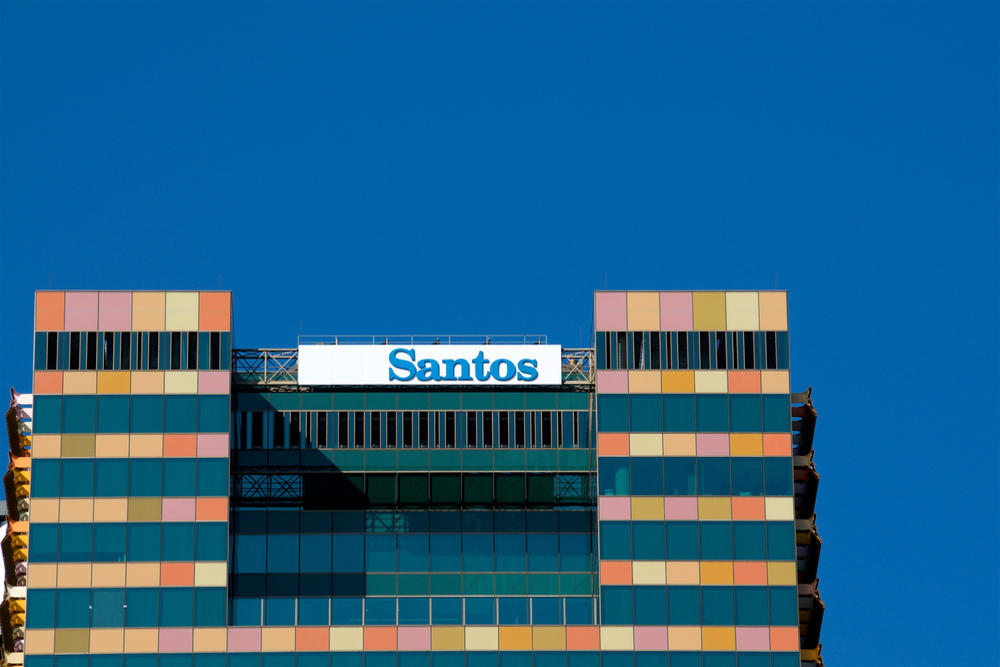
Engineers at UNSW have developed a way to produce synthetic fuel from carbon dioxide using only sunlight. The research team’s process involves utilising light and heat to induce a reaction that creates synthetic methane from CO2.
Their research, published in EES Catalysis, could help to reduce reliance on fossil fuels.
UNSW Researcher Dr Emma Lovell said: “Methane is the major component of natural gas, and already widely used as a source of fuel, but is also a powerful greenhouse gas. Creating synthetic methane using only the natural resource of the sun is a cleaner and greener alternative for usage in heavy transportation, shipping, and other specific industries where gas usage is essential.
“By employing specific catalysts and support materials, we have demonstrated a new pathway for visible light to drive the conversion of CO2 into methane. This not only contributes to the reduction of carbon emissions but also adds value to the captured CO2 by creating a valuable chemical product.”
Led by the team from the School of Chemical Engineering, Professor Rose Amal, Dr Priyank Kumar, Dr Emma C. Lovell, Yi Fen (Charlotte) Zhu, Associate Professor Jason Scott, Dr Bingqiao Xie, and Dr Jodie A. Yuwono, their work not only tackles environmental concerns but also leverages renewable energy to power the conversion process.
UNSW Chemical Engineering PhD candidate Yi Fen (Charlotte) Zhu stated that being able to directly use sunlight lowers the costs required for energy generation to facilitate the reaction.
“This alleviates one of the major challenges in the pursuit and application of CO₂ derived fuel, which is contingent on the availability of low-cost, low-carbon energy inputs.”
The transformation of waste CO₂ into synthetic fuel creates a circular fuel economy — this means it creates a closed-loop system addressing environmental concerns and lessening reliance on fossil fuel extraction.
This approach fosters sustainability by reusing carbon emissions and mitigating the impact on the environment.
Affordable energy generation also plays a crucial role in this process as the direct and efficient utilisation of sunlight offsets power consumption and associated overhead costs for the reaction.
This leads to reduced production costs for synthetic fuel, making it more economically viable and accessible. And the diverse chemical applications of this research extends beyond fuel production.
The team is currently applying the findings to visible light-assisted CO₂ conversion into other high-value chemicals, potentially impacting a wide range of industries, from fuel production to pharmaceuticals.
This versatility highlights the potential for broader innovations and solutions stemming from sustainable energy research.
UNSW Associate Professor Jason A. Scott said: “One of the most promising aspects of this research is its potential impact on industries like fuel production, cement manufacturing, biomass gasification and pharmaceuticals. I would say it represents a more sustainable fuel alternative by closing the carbon loop.
“In terms of converting the CO₂ into value-added products, this represents a much cleaner alternative than products which currently rely on fossil-fuel derived precursors for their manufacture.”
That direction could be an expansion of the range of carbon-based products that can be synthesised from CO₂ with high selectivity, and secondly, designing and constructing larger-scale prototype systems capable of demonstrating the light-assisted approach on an industrial scale.
“The biggest challenge lies in being able to effectively introduce the light into a larger-scale system to illuminate the particles completely. We are exploring methods such as harnessing sunlight to drive multiple phenomena simultaneously, like solar-thermal alongside light assistance,” Scott adds.
“Currently, we are conducting experiments at the lab scale, aiming to advance to demonstration/prototype scale within approximately a year. Following that milestone, our goal is to transition to pilot scale and ultimately to commercial/industrial scale.”
This research involved a collaborative effort by the UNSW School of Chemical Engineering and School of Photovoltaic & Renewable Energy Engineering, the University of Adelaide, and CSIRO.








